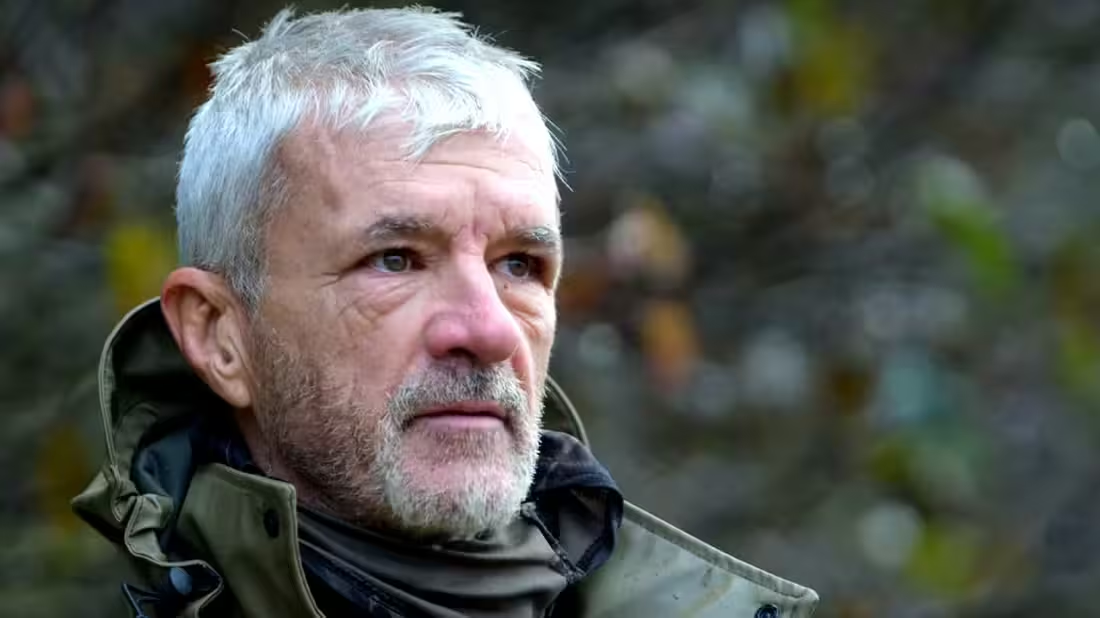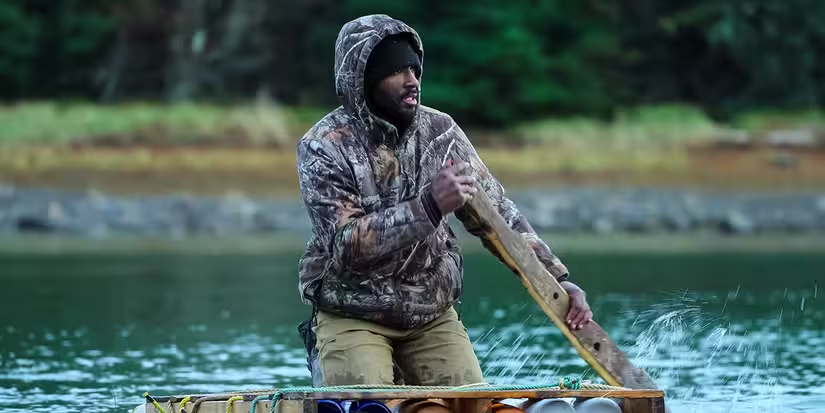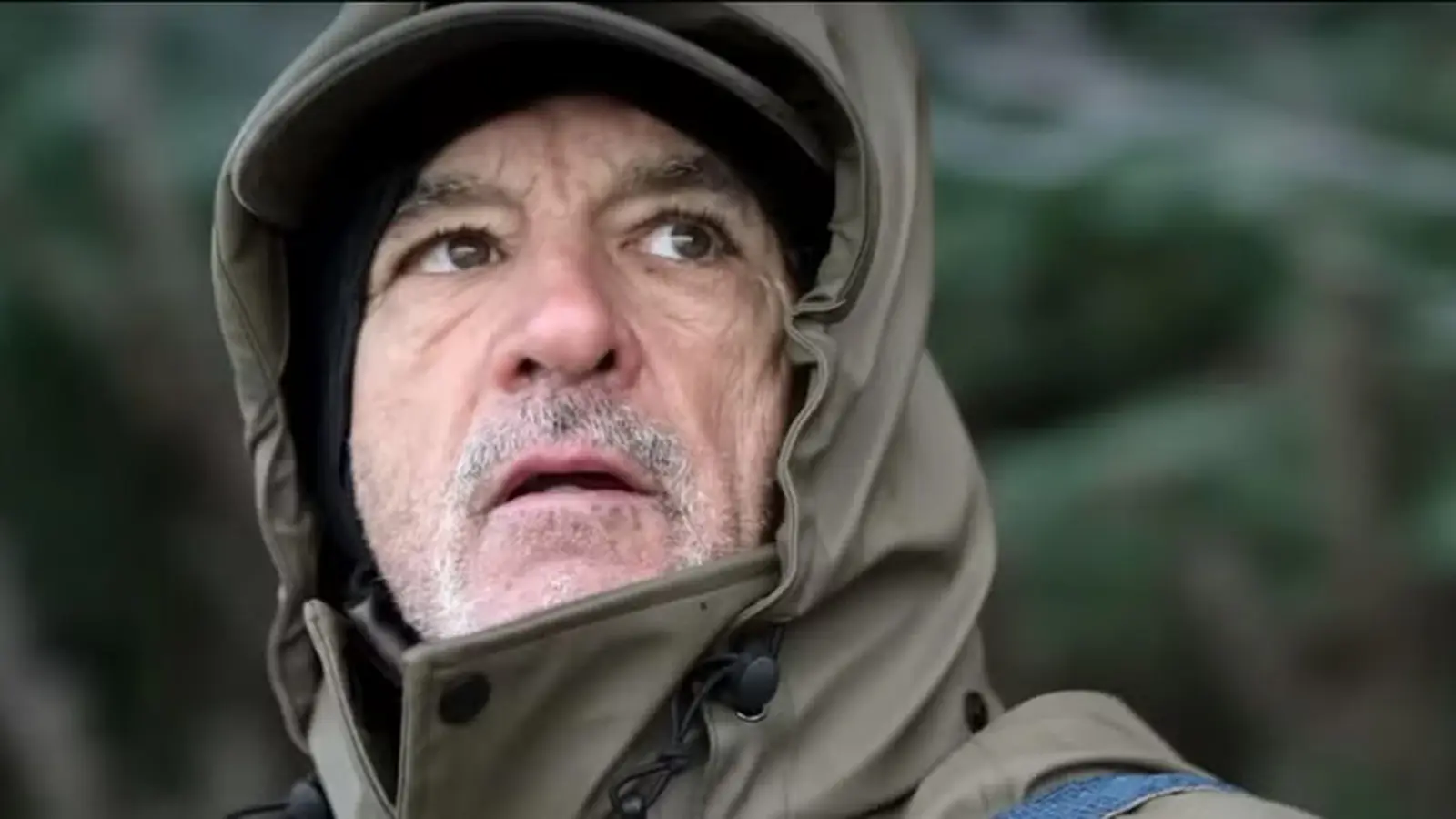7 Minutes
From Survival Skills to Social Warfare: What Makes Outlast a Different Kind of Reality Show
Outlast arrived on Netflix with the trappings of a traditional survival series — remote wilderness, scant supplies, and a life-changing cash prize — but it quickly distinguished itself as something much darker. With an 80% critic score on Rotten Tomatoes, the show has been praised for its tense, unpredictable drama. Unlike Alone, where isolation is the test, Outlast flips the premise: 16 self-described lone wolves are dropped into the Alaskan backcountry and forced into four-team dynamics. The goal sounds straightforward — be the last team standing with at least two members to claim the $1 million prize — but from the first episode the series becomes an exploration of human behavior under extreme social pressure.
Rulebook and Reality: No Solo Play, No Physical Violence (Sort Of)
Outlast’s single non-negotiable rule is deceptively simple: contestants must remain on teams. If a player ends up alone, they have 24 hours to join another team or face elimination. Direct physical altercations are banned, but almost everything else — theft, sabotage, deception — is permitted. That permissiveness shifts the drama from crafting shelters and catching fish to intricate strategies of manipulation. The result: a show that often feels less like survival programming (Man vs. Wild) and more like a high-stakes social experiment (think Survivor crossed with the moral duress of The Hunger Games).

When Strategy Becomes Cruelty: Key Moments That Shocked Viewers
Season 1 delivered some of the most controversial moments in modern reality TV. Team Alpha’s decision to steal sleeping bags from Team Delta in sub-zero conditions forced Delta to fire their flares and quit — a life-threatening outcome that blurred the line between gameplay and endangerment. Another memorable incident involved a contestant, Javier Colón, who attempted to defect from Team Alpha after refusing to participate in unethical tactics; his shelter was sabotaged and his raft destroyed, yet he had no legal recourse within the game’s rules.
Viewers reacted with outrage, and some contestants faced intense online backlash. Jill Ashock, one of the players central to Team Alpha’s aggressive strategy, deleted her social media after sustained harassment. In interviews she defended her choices as strategic moves within the game, describing the environment as a competitive board game where ruthless decisions are expected.
Production Choices and Ethical Questions
Outlast’s moral volatility isn’t accidental — it’s produced. The absence of penalties for sabotage and the liberty to destroy critical gear created a Darwinian cycle: the only defense against being victimized was to preemptively victimize others. Critics and ethicists have argued that allowing contestants to render others bereft of life-saving tools approaches criminal recklessness; defenders counter that it was held within the parameters contestants agreed to. Either way, Outlast reframed survival television as a test of social ethics as much as practical skills.
Season 2, Audience Backlash, and a Shift in Camp Politics
By Season 2, the online fallout from Season 1 had clearly influenced contestant behavior. The most infamous acts — sleeping bag thefts, raft slashings — were absent, replaced by more subtle politicking. An early Season 2 incident saw Bayardo “Bayo” Hernandez steal items from another team on a whim; his teammates promptly returned the goods and voted him out as a damage-control gesture. That episode suggested contestants had learned the reputational cost of overt cruelty in the age of social media.
With Season 3 confirmed, viewers and industry watchers are asking whether producers will modify rules or let the format continue to pressure participants into moral compromises. The series’ future will likely hinge on balancing the shock value that fuels conversation with safer production practices.

Outlast in Context: Comparisons, Trends, and Cultural Impact
Outlast sits at a crossroads of reality TV trends. It borrows Alone’s isolationist aesthetics but borrows Survivor’s alliance mechanics and then heightens the stakes by removing many conventional safety nets. Cinematically, the program leans into documentary-style close-ups and somber Arctic cinematography, offering both survival tips and an uneasy voyeurism into competitive cruelty.
The show also taps into broader cultural conversations about online shaming, cancel culture, and the commodification of human conflict. As viewers stream, clip, meme, and judge in real time, Outlast becomes a mirror: it exposes what audiences reward and vilify. In that sense, the series’ impact extends beyond entertainment into a commentary on how modern audiences consume moral drama.
Trivia and Behind the Scenes
- Rotten Tomatoes critics currently rate Outlast at 80%, a rare approval for a reality program known primarily for controversy.
- The Alaskan settings are real backcountry locations chosen for their remoteness and severity; producers used limited crew presence to heighten the perceived isolation.
- Despite the no-physical-violence rule, production reportedly monitored medical and safety threats closely, and contestants underwent rigorous medical and psychological evaluations before filming.
"Outlast is less a survival show and more an anthropology of pressure," says cinema historian Marko Jensen. "It forces contestants — and viewers — to confront the question: what would you do when the rules reward cruelty? The series captures a particular moment in reality TV where format innovation and ethical ambiguity collide."
Critical Perspectives and Final Thoughts
As a piece of television, Outlast is compelling, often uncomfortable, and uniquely modern. It harnesses the aesthetics of survival filmmaking while foregrounding human behavior as the central spectacle. Critics applaud its tension and storytelling; critics and viewers simultaneously denounce the ethical cost. For filmmakers and producers, Outlast raises a provocative industry question: how far should reality programming go to create drama before it ceases to be entertainment and becomes exploitation?
In conclusion, Outlast is a rare reality TV experiment that doubled as a cultural flashpoint. Whether future seasons will tone down the cruelty or double down on the psychological warfare remains to be seen. What’s clear is that Outlast redefined what survival series can be — not merely tests of endurance and skill, but barometers of modern morality under pressure. For fans of survival television, it’s essential viewing; for the ethically minded, it’s a case study in how format choices shape both contestants’ behavior and audience reaction.
Source: collider



Leave a Comment